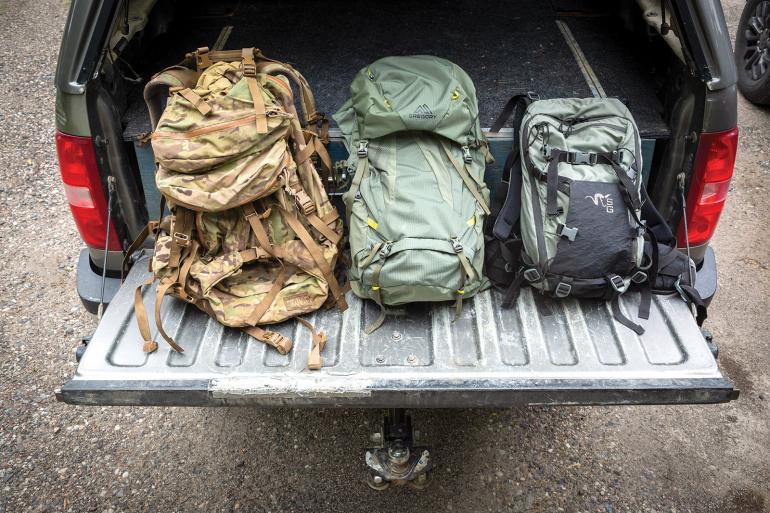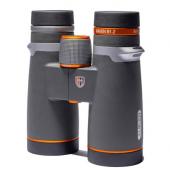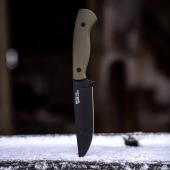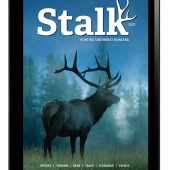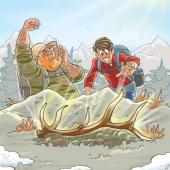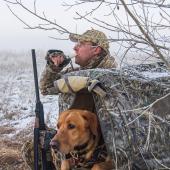Packed to the Brim
Selecting a hunting pack.
As any big-game hunter can attest, the real work begins once an animal is on the ground. And having a good pack makes all the difference. It’ll determine the size of the load you haul and the amount of strain on your neck, back, and just about every other bone and muscle in your body. For many situations, a backpacking pack or day bag already sitting in your closet will suffice. But for longer, deeper excursions, or if you just want to minimize the number of trips, a hunting-specific pack is the way to go. Here are a few pack styles that bridge the full spectrum.
Load-Hauling Pack
If your fall seasons are devoted entirely, or at least predominately, to chasing big game, a hunting-specific frame pack is a worthy investment. Sure, regular backpacking packs can haul quarters just fine, but the more you haul, the more you’ll want something a bit sturdier and comfier. A lot of hunting-specific packs are designed with internal frames that detach from the body, allowing you to pack meat away from your extra gear and easily distribute the weight, keeping things clean, balanced, and organized. Durability is not something you need to question with these setups, especially if you go with a local brand. Case in point, the Mystery Ranch Marshall ($650; mysteryranch.com). This 105-liter beast offers massive cargo storage and separate compartments for carrying backpacking supplies, and it handles extreme environments with ease. The only downside is the hefty pricetag, no matter the brand.
Backpacking Pack
As a beginner hunter looking to go on multi-day hunting expeditions, a run-of-the-mill backpacking pack will do just fine. Most packs have a metal or composite frame built into the bag, and solid hip belts that take weight off the shoulders. For standard loads—a few days’ worth of food and camping gear—these packs can be more comfortable than their hunting-specific counterparts, and are functionally identical. Things get a little tricky once an animal is down, however. Quarters from an elk or deer fit in most backpacking packs, but tend to sag toward the bottom due to a lack of compression straps. To keep weight centered higher in the pack, dump a quarter in with the ball-joint facing up, and cinch an NRS cam-strap around the entire pack. One good option is the Gregory Zulu 40 ($190; gregorypacks.com) It won’t be as comfortable as a hunting pack, which typically has a taller frame and “load-lifting” straps to pull weight off the shoulders, but it’ll get the job done at a much lower cost.
Daypack
If you want to stay light on your feet and aren’t expecting to drop a bull elk, a daypack should suffice for most hunting situations. Loads of options and styles exist, but an all-around solid choice is the Stone Glacier Avail 2200 ($300; stoneglacier.com). This medium-sized (36 liters) pack has multiple pockets for optimal gear organization, which is important—you’ll want quick, easy access to various items throughout the day. The streamlined shape molds to your back to keep your profile small, and the main compartment is large enough for food, water, extra clothing, and other essentials. What’s more, it’s got multiple heavy-duty compression straps and an external stash panel—so if you do tag an animal, it’ll handle a front quarter for the first trip out. Once you’re back at the car, you can swap out the frame with a Stone Glacier load-hauler and fetch the rest of your kill.



